Today (October 16), the State Bank of Vietnam (SBV) held a workshop to disseminate Circular No. 27/2025/TT-NHNN, Resolution 05/2025/NQ-CP and the results of the National Risk Assessment on money laundering and terrorist financing.
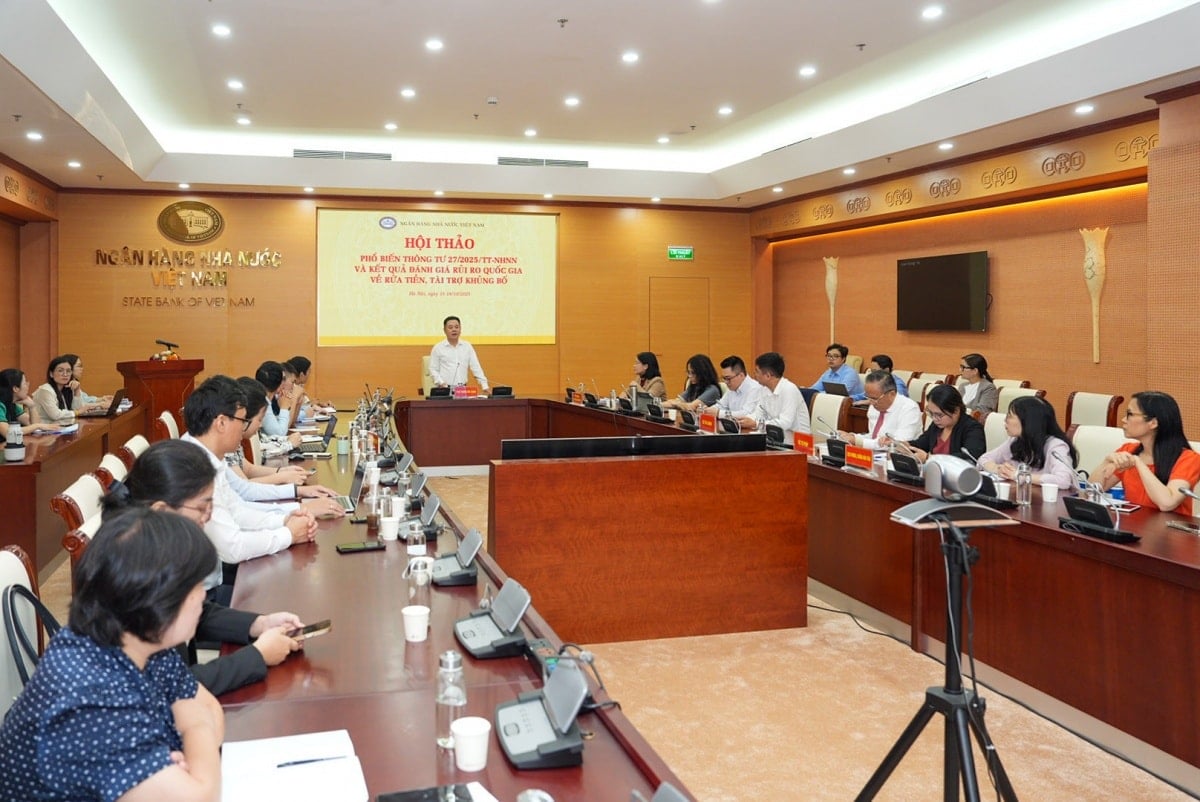 |
According to the updated results of the national risk assessment on money laundering, experts said that the banking and real estate sectors are at high risk of money laundering. The representative of the State Bank said that the banking sector is mainly involved in money laundering originating from source crimes including: gambling; property fraud; and corruption.
The number of suspicious transaction reports in this sector in recent years accounts for 92% of the total number of reported transactions (8,358 transactions). Some typical money laundering cases in this sector are the Van Thinh Phat case, the Truong My Lan and accomplices case.
In addition, the real estate sector also has a high risk of money laundering, due to the large number of transactions and high transaction values and the ability to conceal the origin of assets. In addition, there is also the situation of declaring the transaction value incorrectly, cash payments and spontaneous transactions, and inadequate customer information systems.
Mr. Le Hoang Chau, Chairman of the Ho Chi Minh City Real Estate Association (HoREA) highly appreciated Circular 27, saying that the regulations in the circular will promote market transparency and prevent money laundering through real estate, which is a large-scale investment channel with complex transactions that can easily be exploited to legalize illegal money sources.
Money laundering is also quite common in crypto assets. Representatives of the State Securities Commission have pointed out many signs of money laundering in the crypto asset market.
Such as exploiting the lax authentication system of crypto-asset exchanges (using fake documents/allowing anonymous transactions); mixing illegal crypto-assets with legal ones; legalizing illegal crypto-assets by transferring value to private crypto-assets (privacy coins) to swap with legal crypto-assets; transferring crypto-assets between blockchains and using transaction bridges to complicate traceability (Chain-hopping/Cross-chain Bridge).
Mr. To Tran Hoa - Deputy Head of the Securities Market Development Department, State Securities Commission said that organizations and individuals have bypassed the authentication system of service platforms by providing fake documents to carry out illegal money transfers. The subjects also took advantage of transactions between individuals through the "black market" to directly buy and sell crypto assets with cash.
However, the most difficult to identify is the act of “mixing” crypto assets when service providers can only identify the individual who owns the crypto assets, while the origin of the crypto assets is often not authenticated.
Additionally, the subjects also transferred crypto assets through blockchains, creating many different transactions with values below the warning threshold, leading to difficulties in tracing.
Another method of money laundering through crypto assets is for subjects to create “clean” projects, then use illegal crypto assets to buy back these projects and transfer the money back before “crashing” the project to erase all traces.
According to Lieutenant Colonel Dam Van Minh, Legal Reporter of the Central Department of Internal Security ( Ministry of Public Security ), with the development of the Internet and digital assets, the number of Vietnamese people participating in buying and selling digital assets is very large, with an estimated 26 million accounts owned by Vietnamese people.
Mr. Dam Van Minh said that up to this point, Vietnam has not recorded any cases of using digital assets to finance terrorism. “The risk of financing terrorism through digital assets in Vietnam is low,” Mr. Minh said.
However, the representative of the Ministry of Public Security said that the risk of money laundering is still at a worrying level. Therefore, it is necessary to assess the capacity of the organization and the source of customers with specific risk factors of money laundering and terrorist financing, instead of just assessing in a general way like businesses and professional associations as at present.
Deputy Governor of the State Bank of Vietnam Nguyen Ngoc Canh said that in the context of many fluctuations in geopolitics and international financial markets and the increasingly open Vietnamese economy, the requirement to identify and handle risks related to preventing and combating money laundering, terrorist financing, and financing the proliferation of weapons of mass destruction is increasingly urgent.
Completing the legal framework on preventing and combating money laundering, terrorist financing, and financing the proliferation of weapons of mass destruction will actively contribute to the implementation of the National Action Plan on preventing and combating money laundering, terrorist financing, and financing the proliferation of weapons of mass destruction that the Government has committed to with the Financial Action Task Force (FATF).
Ms. Nguyen Thi Minh Tho - Deputy Director of the Anti-Money Laundering Department said that Circular No. 27/2025/TT-NHNN was amended with the aim of guiding and removing some of the main difficulties and obstacles of reporting entities during the implementation process.
The changes include: Criteria and methods for assessing money laundering risks of reporting entities; Process for managing money laundering risks and classifying customers according to the level of money laundering risks; Internal regulations on preventing and combating money laundering; Reporting regime for large value transactions that must be reported; Reporting regime for suspicious transactions; Electronic money transfer transactions; Reporting regime for electronic money transfer transactions; Form and deadline for reporting electronic data; Amendments and supplements to appendices on forms for reporting risk assessment at organizations and forms for reporting suspicious transactions.
Circular 27 also emphasizes the principle of risk-based management, requiring organizations to update and periodically assess money laundering risks, and develop processes for identifying and verifying customers, including those with no accounts or few transactions.
Reporting entities must regularly monitor business relationships, ensuring transactions are consistent with legitimate sources of funds and customer identification records.
Source: https://baodautu.vn/ngan-hang-bat-dong-san-tai-san-ma-hoa-tiem-an-nguy-co-rua-tien-cao-d414294.html


![[Photo] Immerse yourself in the colorful musical world of “Secret Garden Live in Vietnam”](https://vphoto.vietnam.vn/thumb/1200x675/vietnam/resource/IMAGE/2025/10/18/1760805978427_ndo_br_thiet-ke-chua-co-ten-41-png.webp)
![[Photo] General Secretary To Lam attends the 95th Anniversary of the Party Central Office's Traditional Day](https://vphoto.vietnam.vn/thumb/1200x675/vietnam/resource/IMAGE/2025/10/18/1760784671836_a1-bnd-4476-1940-jpg.webp)
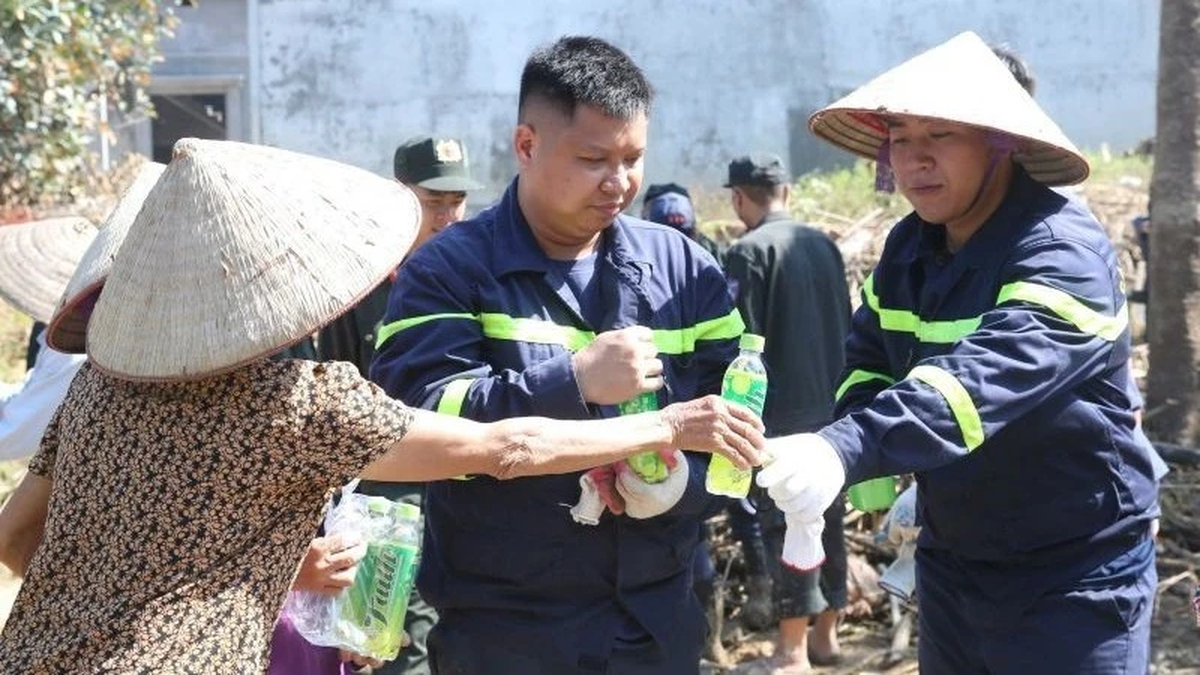
![[Photo] Closing ceremony of the 18th Congress of Hanoi Party Committee](https://vphoto.vietnam.vn/thumb/1200x675/vietnam/resource/IMAGE/2025/10/17/1760704850107_ndo_br_1-jpg.webp)
![[Photo] Collecting waste, sowing green seeds](https://vphoto.vietnam.vn/thumb/1200x675/vietnam/resource/IMAGE/2025/10/18/1760786475497_ndo_br_1-jpg.webp)

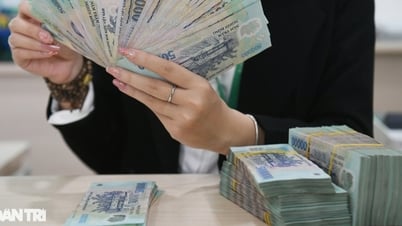

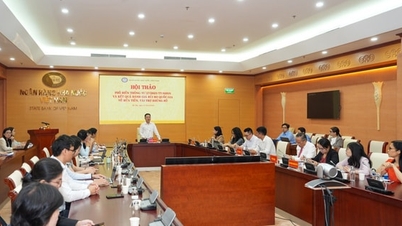

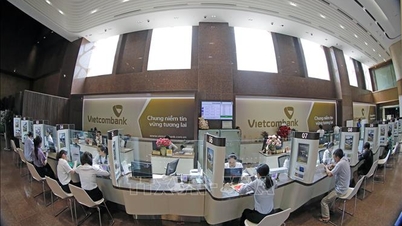

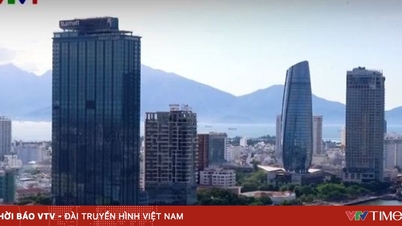

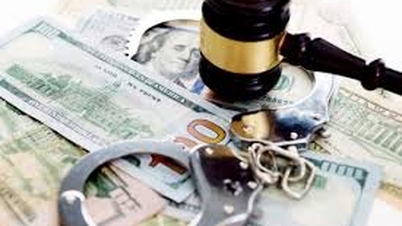










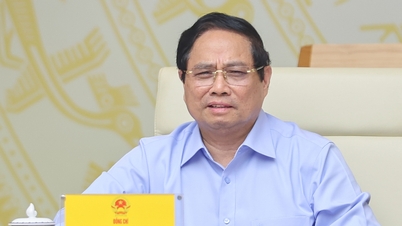















































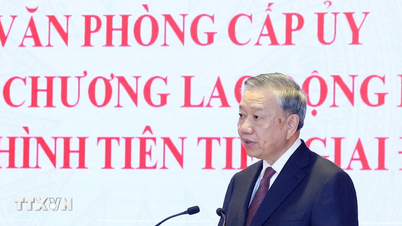





























Comment (0)